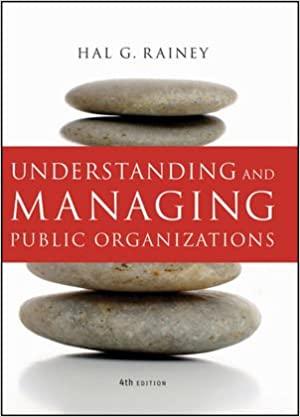Question
In the past decade, two presidential elections in the United States have witnessed very long wait times at precincts (voting stations) in states that ultimately
In the past decade, two presidential elections in the United States have witnessed very long wait times at precincts (voting stations) in states that ultimately decided the election (Florida in 2000 and Ohio in 2004). In Philadelphia as well, some voters complained about the long lines in some precincts, with most complaints coming from precinct A. In 2004, the average number of voters arriving at Precinct A was 35 per hour and the arrivals of voters was random with inter-arrival times that had a coefficient of variation of 1 (CVa=1). Philadelphia deployed 1 voting machine in Precinct A. Suppose that each voter spent on average 100 seconds in the voting booth (this is the time needed to cast her/his vote using a voting machine), with a standard deviation of 120 seconds.
As a sign of protest, voters at precinct A decide to adopt the following rule: if the voting machine is busy, the voter will not vote and will leave (and not vote at all). What is the expected number of people who will end up voting on election day in precinct A? (Assume that the voting station accepts voters for 12 hours from 8:00 am to 8:00 pm). Choose the correct alternative. a. Less than 50 b. Between 50 and 100 c. Between 100 and 150 d. Between 150 and 250 e. Between 250 and 350 f. Between 350 and 450 g. Between 450 and 500 h. More than 500 i. There is not sufficient information to answer the question
Step by Step Solution
There are 3 Steps involved in it
Step: 1

Get Instant Access to Expert-Tailored Solutions
See step-by-step solutions with expert insights and AI powered tools for academic success
Step: 2

Step: 3

Ace Your Homework with AI
Get the answers you need in no time with our AI-driven, step-by-step assistance
Get Started


